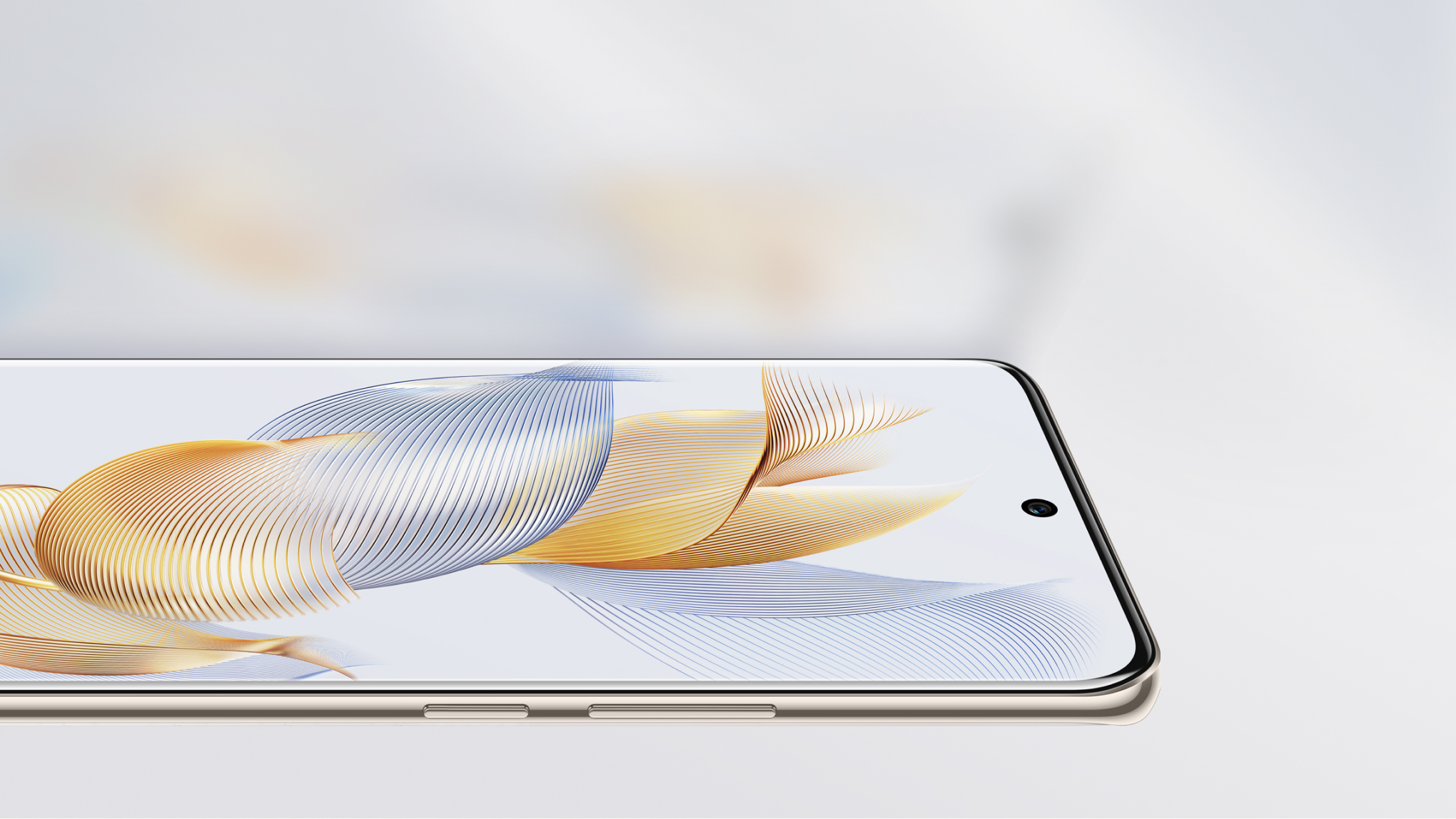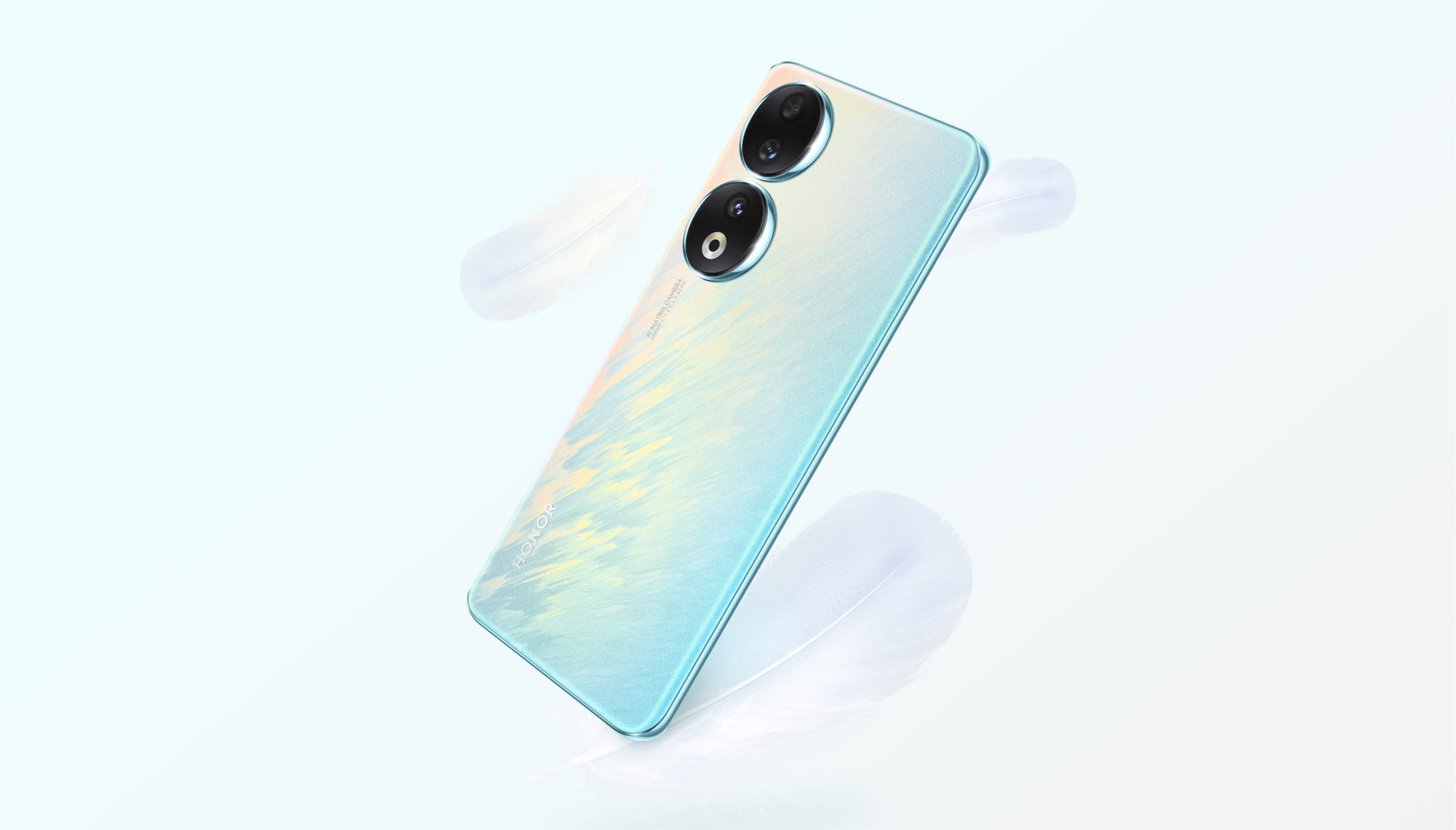The visual experience on smartphones is intricately tied to the screen resolution, a key factor that determines the clarity, sharpness, and overall quality of the display. As technology advances, phone manufacturers continue to push the boundaries of screen resolutions, offering users an ever-improving visual feast. This article delves into the world of phone screen resolutions, exploring the significance, types, and impact on the user experience.

The Basics of Screen Resolution: Pixels in Play
Screen resolution refers to the number of pixels displayed on a screen, typically expressed as the width by the height of the screen in pixels. For example, a resolution of 1080 x 1920 means the screen has 1080 pixels in width and 1920 pixels in height. The total number of pixels determines the level of detail and clarity visible on the screen. In general, higher resolutions result in sharper images and text.
Common Screen Resolutions: From HD to 4K
Phones come with a range of screen resolutions, each offering a different visual experience. Common resolutions include HD (720 x 1280 pixels), Full HD (1080 x 1920 pixels), Quad HD (1440 x 2560 pixels), and 4K (2160 x 3840 pixels). As the resolution increases, so does the pixel density, resulting in crisper images and finer details. While HD and Full HD resolutions are still prevalent, many flagship phones now boast Quad HD or even 4K displays for an immersive visual experience.
Pixel Density and PPI: The Quest for Sharpness
Pixel density is a crucial aspect of screen resolution and is measured in pixels per inch (PPI). PPI quantifies how many pixels are packed into one inch of the screen. Higher PPI values indicate denser pixel arrangements, resulting in sharper and clearer visuals. Phones with higher resolutions and smaller screen sizes often boast higher PPI values, offering users a visually pleasing and detailed display.
Impact on Text and Graphics: Clarity Matters
The impact of screen resolution becomes particularly evident when reading text or viewing graphics on a phone. Higher resolutions ensure that text appears crisp and images exhibit more detail. This clarity is not only aesthetically pleasing but also contributes to a better user experience, especially for activities like reading e-books, browsing the web, or viewing high-resolution images.
HDR and Wide Color Gamut: Elevating Visual Dynamics
Beyond standard resolutions, advancements like High Dynamic Range (HDR) and wide color gamut contribute to an enhanced visual experience. HONOR 90 HDR technology enhances the contrast and color range, resulting in more vibrant and true-to-life visuals. Phones with HDR-capable displays provide users with an immersive viewing experience, particularly when streaming HDR content from platforms that support this technology.

Aspect Ratio: Shaping the Viewing Experience
Screen resolution is closely tied to the aspect ratio, which defines the proportional relationship between the width and height of the screen. Common aspect ratios include 16:9, 18:9, and 19.5:9. The choice of aspect ratio influences how content is displayed, affecting the cinematic experience, app compatibility, and overall feel of the phone. Wider aspect ratios are often favored for immersive multimedia experiences, while more conventional ratios may suit productivity-focused usage.
Challenges of Higher Resolutions: Balancing Act
While higher resolutions bring undeniable benefits, they also pose challenges for phone manufacturers. Higher resolutions demand more processing power and can consume additional battery life. Striking the right balance between resolution, performance, and energy efficiency requires careful optimization of hardware and software. Manufacturers aim to deliver the advantages of higher resolutions without compromising overall device performance.
Future Trends: Folding Displays and Beyond
The future of phone screen resolutions holds exciting possibilities, especially with emerging technologies like folding displays. Foldable phones present a unique challenge and opportunity for screen resolutions, as these devices require flexible displays that can seamlessly adapt to different form factors. The evolution of phone screen resolutions may involve not only higher pixel counts but also innovations in display technology that cater to the demands of foldable and versatile designs.
Conclusion: The Visual Odyssey Continues
In conclusion, understanding phone screen resolutions is essential for grasping the nuances of the visual experience offered by smartphones. From the basics of pixels to the impact on text, graphics, and overall clarity, screen resolutions play a pivotal role in shaping how users interact with their devices. As technology evolves, users can expect to witness continued advancements in screen resolutions, ushering in a visual odyssey that pushes the boundaries of clarity, detail, and immersive experiences on the small screens we carry in our pockets.
